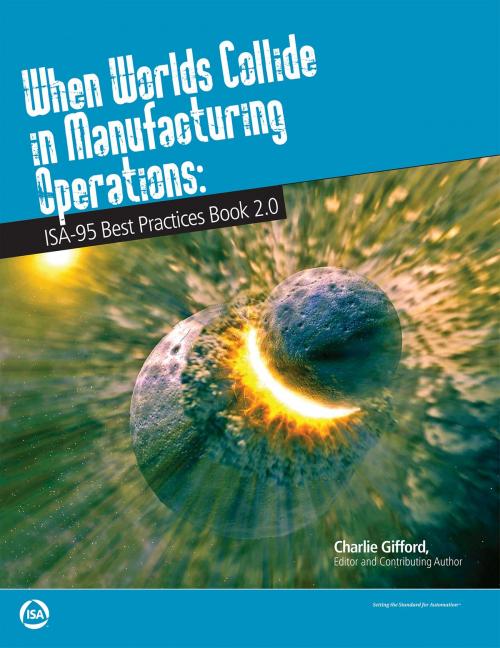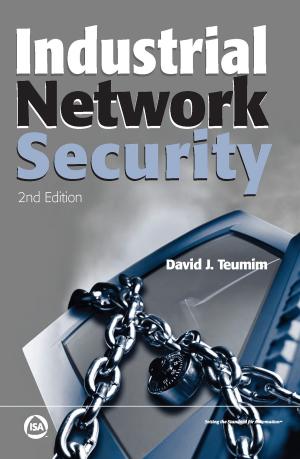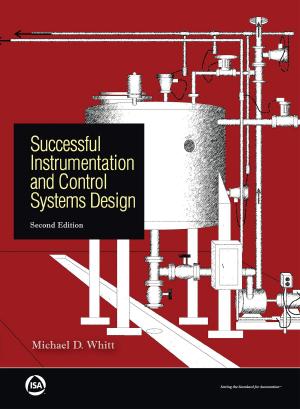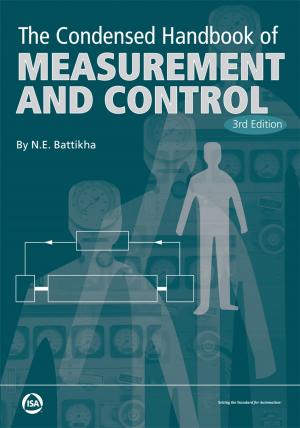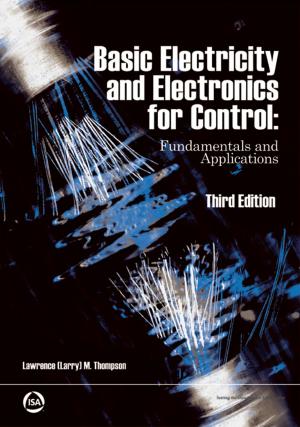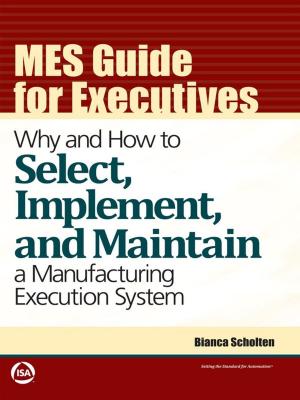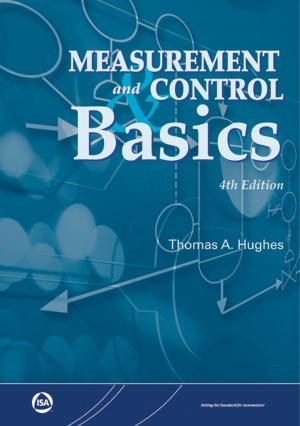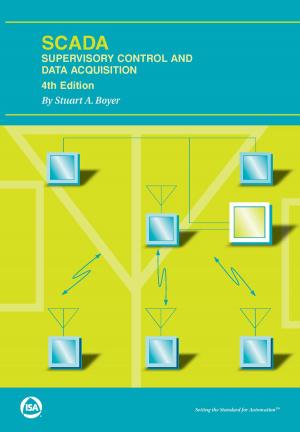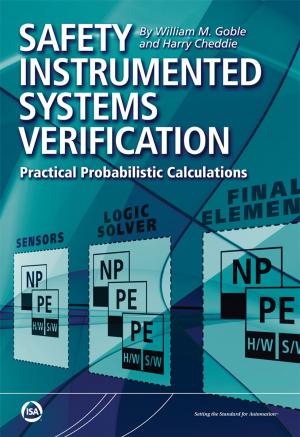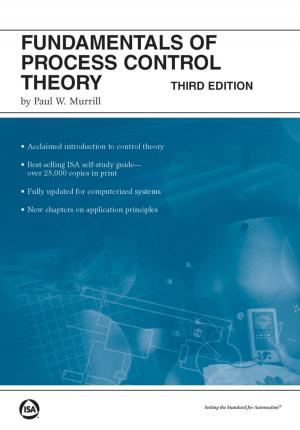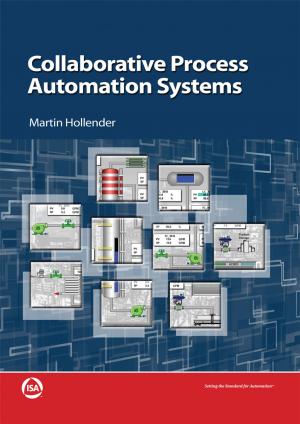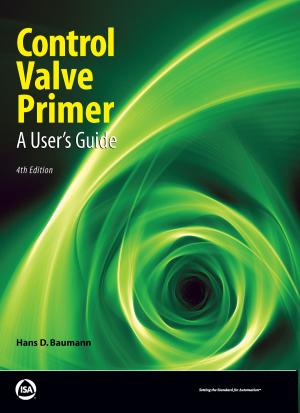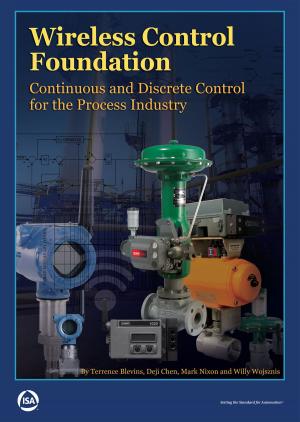When Worlds Collide in Manufacturing Operation: ISA Best Practices Book 2.0
Nonfiction, Science & Nature, Technology, Automation| Author: | Charlie Gifford | ISBN: | 9781941546574 |
| Publisher: | International Society of Automation | Publication: | September 25, 2015 |
| Imprint: | International Society of Automation | Language: | English |
| Author: | Charlie Gifford |
| ISBN: | 9781941546574 |
| Publisher: | International Society of Automation |
| Publication: | September 25, 2015 |
| Imprint: | International Society of Automation |
| Language: | English |
Book 2.0 is the second collection of public methodology white papers from the ISA-95/MESA Best Practices Working Group. The methodology white papers focus on applying the ISA-95 standards to accelerate the adoption of Manufacturing Operations Management (MOM) systems and the Manufacturing 2.0 Architecture (Mfg 2.0) approach. There is a focus on how to build a Manufacturing Transformation Strategy where manufacturers discover that using MOM systems combined with continuous improvement methods dramatically accelerate transformation and time-to-benefit. The business benefits from optimizing operations are realized by structuring plant workflows in ISA-95 models as a common definition foundation for Mfg 2.0 architecture. This enforces effective data structure, definition, integrity and governance across manufacturing applications. Book 2.0 explains how to implement ISA-95 workflow applications in Mfg 2.0 to execute operations tasks through the MOM and physical process levels while coordinating them to streamline plant operations and align those operations with ever-changing supply chain processes.
Book 2.0 is the second collection of public methodology white papers from the ISA-95/MESA Best Practices Working Group. The methodology white papers focus on applying the ISA-95 standards to accelerate the adoption of Manufacturing Operations Management (MOM) systems and the Manufacturing 2.0 Architecture (Mfg 2.0) approach. There is a focus on how to build a Manufacturing Transformation Strategy where manufacturers discover that using MOM systems combined with continuous improvement methods dramatically accelerate transformation and time-to-benefit. The business benefits from optimizing operations are realized by structuring plant workflows in ISA-95 models as a common definition foundation for Mfg 2.0 architecture. This enforces effective data structure, definition, integrity and governance across manufacturing applications. Book 2.0 explains how to implement ISA-95 workflow applications in Mfg 2.0 to execute operations tasks through the MOM and physical process levels while coordinating them to streamline plant operations and align those operations with ever-changing supply chain processes.
